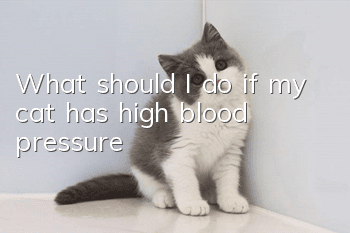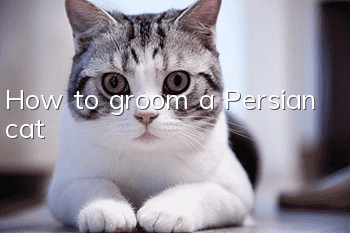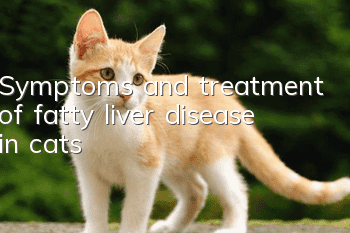What should I do if my cat has high blood pressure?

Feline hypertension can have sudden effects on cats, even if their owners think their cats are healthy. It's shocking and disturbing when your cat goes from "good" to "very bad" within a few hours. Imagine your older cat is as active as a kitten: he's in good health and enjoying life to the fullest. One morning, he seemed confused and disoriented—the cat went blind all of a sudden, like flipping a light switch. Sadly, this condition is all too common, and the most likely cause is high blood pressure in cats, which can also lead to other serious problems such as stroke, hind leg paralysis, seizures, and heart damage. The biggest concern with high blood pressure is that you don't have any symptoms until it happens.
Which cats are prone to high blood pressure?
By determining whether your cat is in an "at-risk" group, you have the ability to take steps to identify it and implement protective measures. The following cats are prone to high blood pressure:
Age: Senior cats - cats over 7 years old have a tendency to have high blood pressure. The older the cat, the greater the risk.
Health conditions: Certain problems can make high blood pressure worse. Among them, cats are most worried about:
Diabetes
Hyperthyroidism
Kidney disease
If your cat is in one of these groups, what can you do to protect it? The answer was to measure her blood pressure. It's super easy and painless.
Measure your cat’s blood pressure
If you've ever had your blood pressure checked at a doctor's office, you'll be familiar with what's going on there. The only difference is that the inflatable cuff is either placed above the cat's elbow (or the base of the tail) and the pulse used is at the wrist (or under the tail) rather than the crook of the arm. Your veterinarian will take several readings to get an average. They may ask you to stay with the cat during the measurement so you can be a comforting role. The measurement used to determine whether medication is needed is called "systolic blood pressure." The veterinarian uses this reading to make a judgment call on what to do next. For example: if the systolic blood pressure is less than 140, then it is normal and no action is required; 140–180, it seems a bit high, but acceptable; 180–210: This is very high and requires treatment; 210+: If it is particularly dangerous, it must be treated.
Of course, a cat is a cat, and it may be stressed at the vet. If blood pressure is borderline or there is concern about stress hypertension (rather than true elevated blood pressure), this should be done at 2-Repeat readings within 4 weeks.
Treat high blood pressure in cats
Now there’s good news: high blood pressure in cats can be treated! For cats with underlying conditions such as kidney disease or hyperthyroidism, stabilizing these issues can go a long way toward lowering blood pressure. Some common kidney disease treatments can also slightly lower blood pressure. But if your hyperthyroid cat is stable and her blood pressure is still high, then another drug, such as amlodipine, may be helpful.
The cat's blood pressure suddenly rises sharply. Often results in blindness, stroke, or seizures. These are serious complications that require urgent attention, especially since vision can sometimes be restored if immediate action is taken.
- The most effective medicine for treating cat asthma
- What should I do if my cat can’t bury poop?
- How to get rid of hairballs on Chinchilla cats?
- If a cat in a multi-cat household has a problem with urination, first find out the cause of the cat’s urination!
- Why does a cat drool while sleeping? Is it normal for cats to drool while sleeping?
- What should I do if my cat eats too much and is holding on?
- How do Scottish Fold cats mate? What are the precautions for mating?
- Precautions for cat delivery
- How to train a pet cat to urinate
- How often should pet cats be vaccinated?



